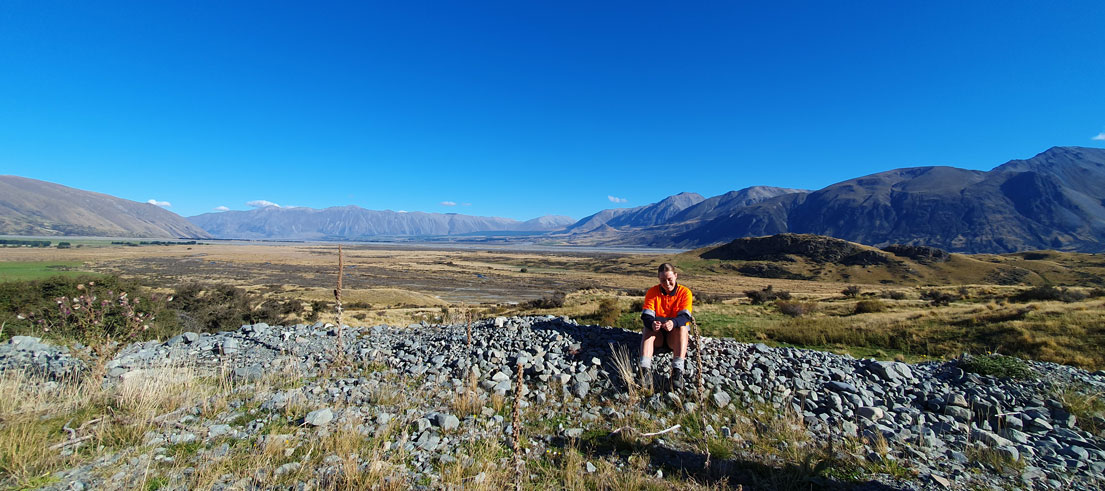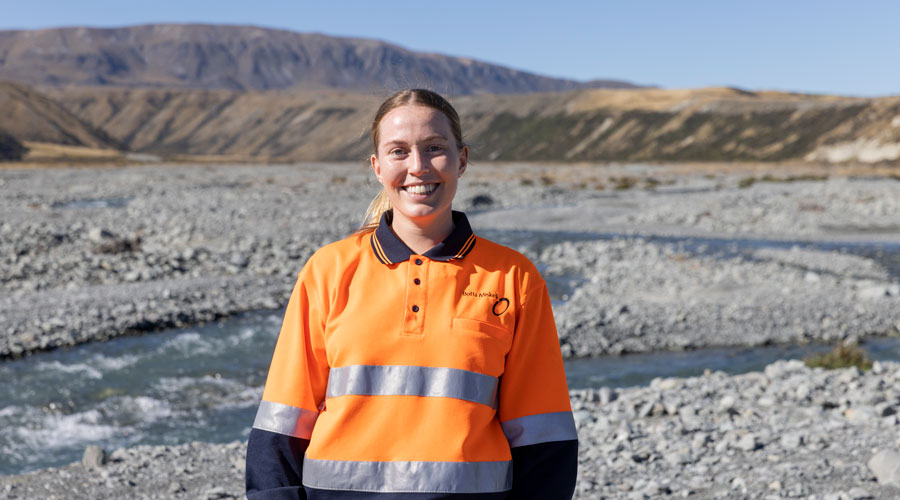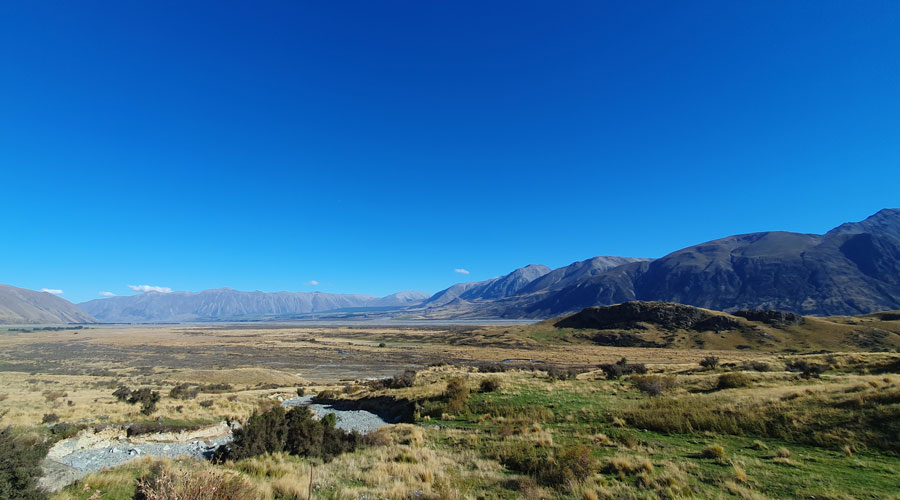
Creating a weed-free Rakitata Awa to foster biodiversity
Weed infestations in the upper Rakitata Awa (Rangitata River) are being controlled and the environment for native braided river birds improved, thanks to collaboration between government agencies and landowners.
Boffa Miskell was contracted by Environment Canterbury to develop and implement a 10-year weed control plan for the Upper Rakitata catchment from 2019 to 2029.
The plan focuses on monitoring and controlling invasive weeds to limit the spread of pest plants while creating a better habitat for native birds.
Boffa Miskell biosecurity project coordinator Sarah Thwaites has been working on the project for just over a year and says the eradication of pest weeds such as broom, gorse, willow, and Russell lupin helps protect the natural character of the Rakitata River while improving biodiversity outcomes.
Weed control provides multiple benefits
“The weeds are extremely invasive and impact the landscape. From a biodiversity point of view, the weeds provide habitat cover for predators such as rats, hedgehogs and stoats, which allows them to get out to the gravel areas where birds are nesting.”
Sarah adds that weed infestations also change the course of the river which can have a negative impact on threatened native birds such as the ngutu pare (wrybill), tarapirohe (black-fronted tern), tarāpuka (black-billed gull), tūturiwhatu (banded dotterel), and the tōrea (South Island pied oystercatcher).
“Nesting sites can be swept away when we have large areas of weed coverage along the riverbed as this displaces the amount of water coming down the river so if we have thick areas of weed infestation, we have a higher risk of flooding and loss of habitat.”
Boffa Miskell uses a mix of on the ground contractors and aerial spraying to keep weeds in the upper reaches of the awa under control. Sarah describes it as a targeted approach which has reduced the weed problem to a maintenance level.
“A helicopter does aerial surveys of the upper reaches, and they will spot spray isolated plants and dense infestations and then people on the ground focus on the more targeted areas.
“It is mostly at a maintenance level now, but we do have some stronghold infestations of lupins in the Forbes River, so we send contractors in there twice a year to manage it.”
Managing weed infestations
Taking a collaborative approach to weed management allows everyone to work together and ensures the best outcome for the Rakitata Awa.
“It’s a great example of collaboration. We carry out the work on behalf of LINZ (Toitū Te Whenua Land Information New Zealand) and the Department of Conservation has a lot of land up here, so we work closely together too.
“Canterbury Regional Council (Environment Canterbury) supports us with prioritising which areas to work on and we have a partnership with Sally Stevens and the Upper Rangitata Gorge Landcare Group as they manage the area below the Potts River bridge.
“We meet at the start of the season to see how we can best work together. With a huge river like the Rakitata, you need to work together to achieve the best outcomes.”
Looking ahead to the future, Sarah hopes to see a completely weed-free environment along the river.
“I hope to see an abundance of bird life with no weeds and no predators, but it won’t happen unless we continue this important work.
“We’ve got to protect what we have left because the environment is not very good at fighting for itself.”
Kōrero nā te awa Rakitata – Stories from the Rangitata River
Kōrero nā te awa Rakitata is about sharing stories of people’s connection with the Rangitata River.
We are sharing these stories on behalf of Ko te Whakahaumanu o te Rakitata Awa/Rakitata River Revival - a partnership programme to restore the Rakitata Awa to a healthy braided river ecosystem where native taonga (treasured species) are abundant and healthy, and people and communities can connect and thrive.
The programme began as a partnership between manawhenua and the Department of Conservation (DOC), through DOC’s Ngā Awa programme. It now includes Te Rūnanga o Arowhenua, DOC, Environment Canterbury, Toitū Te Whenua Land Information New Zealand, Central South Island Fish & Game and Timaru and Ashburton District Councils. Partners also work closely with landowners and community groups to achieve the shared vision of revival of the mauri for Rakitata.


